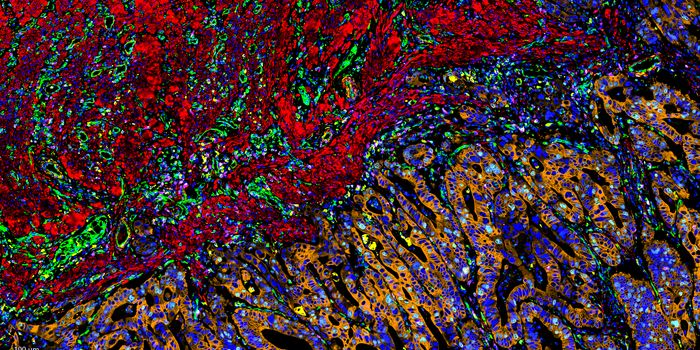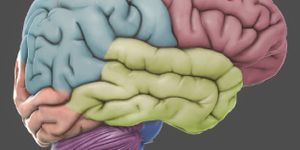
Cancer researchers aiming to gain new insights into the disease are looking at it from a new angle. Through the prism of evolutionary principles and computational modeling they are probing the role of particular genetic mutations in the Darwinian struggle among tumor and normal cells during cancer growth.
Healthy cells become malignant by amassing genetic mutations that lead to increased survival and reproduction. In contrast to prior research that regards cancer progression as the product of the unlimited build-up of these genetic mutations, researchers at the Moffitt Cancer Center, Tampa, Fla, are modeling cancer progression on the theory that cancer cells live in an environment that has finite resources (eg, space and nutrients) and is governed by evolutionary laws, which include a middle ground between multiplying and merely surviving.
The animal kingdom offers examples of either/or modes for longevity: aim for either a long lifespan or many babies. Elephants have few progeny and comparatively long lives, while rabbits have short lifespans and many babies. In their own way, cells that evolve to form cancers accomplish this by extending longevity or multiplying the number of offspring.
As with the big and small critters, cancer cell mutations can only travel down one evolutionary path at a time. So these cells can devote available resources in beefing up their defenses against attacks by normal tissue or tolerate a high mortality rate and prevail with extremely rapid proliferation-either/or.
Through computer simulations built on these concepts, the researchers determined that the frequency with which any genetic mutation is observed depends on its ability to increase the cell's fitness, its ability to survive, and reproduce-a process the researchers call "evolutionary triage."
"Genes that increase fitness are observed more frequently than those that do not," says Robert A. Gatenby, MD, chair of the Department of Diagnostic Imaging and co-director of the Cancer Biology and Evolution Program at Moffitt. "However, the effect of any mutation on cell fitness can change drastically depending on environmental factors such as blood flow, past genetic mutations, and the properties of competing cells. Currently, cancer biologists divide mutations into ‘drivers,' which promote tumor growth and ‘passengers,' which have no effect on growth. In the computer simulations, it was clear that many mutations could be drivers in one environment, but passengers in another."
Since driver mutations are common targets for cancer therapy, the scientists also simulated therapies that seek to disable driver genes. The researchers found that targeted therapies can destroy the mutated cells and shrink the tumor size, akin to results seen in clinical settings. But the range of tumor environments creates many mutational pathways to formation of a malignant cell. Cancer cells without the driver mutation that are resistant to therapy were almost always present and caused the tumor to reappear.
The researchers were surprised to find that some genes were never observed to be mutated in cancers. Mutations in these genes always scaled down the tumor cell's ability to survive or reproduce. When they did occur, evolutionary triage obliterated them due to survival of the fittest. "Our computer simulations demonstrate an unexpected result - genes that are never observed to be mutated might actually be the best targets for therapy. This is because up or down regulation of these genes unconditionally reduces cell fitness," Gatenby says.
With assistance from a bioinformatics expert from the Scripps Research Institute, La Jolla, Calif, 1,100 genes that are never mutated in human cancers were identified. The research group is now working to investigate the possibility of targeting "never" genes for therapy.
 Cancer researchers aiming to gain new insights into the disease are looking at it from a new angle. Through the prism of evolutionary principles and computational modeling they are probing the role of particular genetic mutations in the Darwinian struggle among tumor and normal cells during cancer growth.
Cancer researchers aiming to gain new insights into the disease are looking at it from a new angle. Through the prism of evolutionary principles and computational modeling they are probing the role of particular genetic mutations in the Darwinian struggle among tumor and normal cells during cancer growth.







